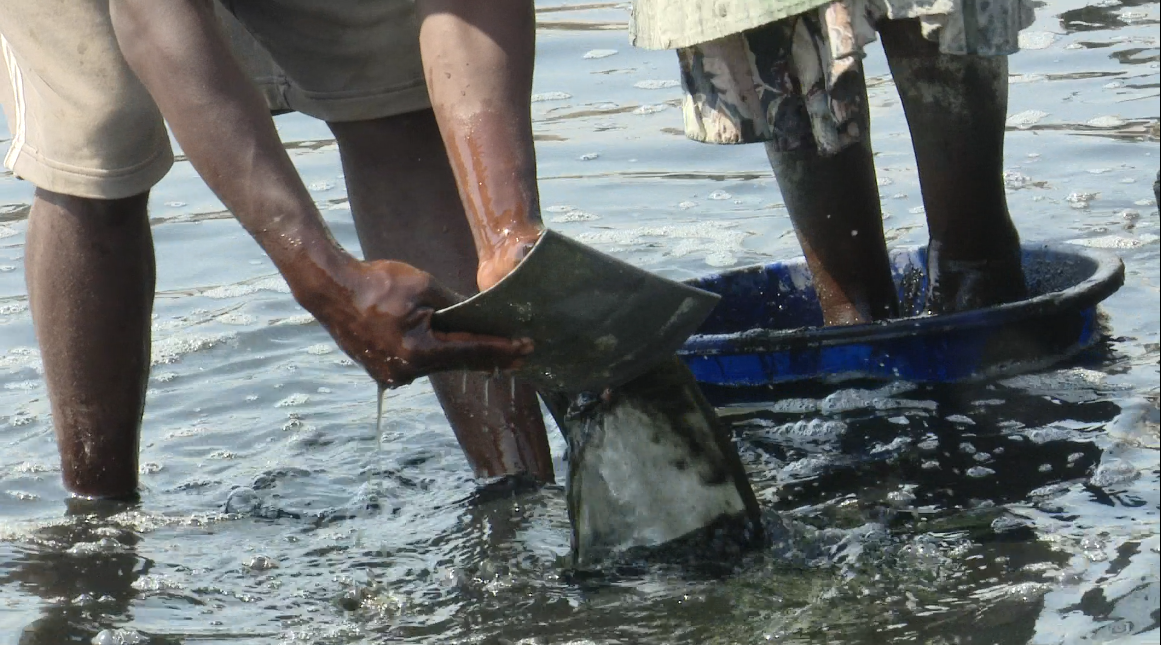Prime
NRA kicks out Gen Okello’s government

NRA soldiers march into Kampala on January 25, 1986 after overthrowing Gen Tito Okello-Lutwa. COURTESY PHOTO
What you need to know:
End of regime. The military leader, who called for the peace talks as soon as he attained power, spends most of the time negotiating but is removed as soon as the talks fell on rocky grounds.
When the Nairobi peace talks collapsed, the Kampala regime rushed back to defend its government as the NRA guerrilla attacks spread.
It appeared more certainly that the Gen Tito Okello-Lutwa government that had attempted to extend an olive branch to the guerrillas in a bid to forge a peaceful regime, was left at the mercy of the men in the bush.
Before the December talks, we should note that the NRA had seized and closed the route to the west at Katonga Bridge on the Kampala-Masaka road, and the barracks atMubende, Mbarara and Masaka had been captured.
Because of this clout in the bush, and the fact that the Okello regime desperately called for the talks, the NRA guerrillas did not need the negotiations more than the sitting government, which could have also exposed the Okello-Lutwa regime.
The NRA military wing also remained intact and in any case could have reorganized as the government and the fighters’ representatives were involved in the dodgy peace talks in Nairobi and therefore, the war was just bound to pick up from where it had stopped.
This partly explains why the peace that was being sought for in Nairobi was not about to return to Uganda. Violence increased to unprecedented levels which the regime failed to check, and which, could have probably increased support by the peasants for the men in the bush.
The peasants could have viewed the guerrillas as the only saviors to the insecurity at its peak then.
Attempts by a former leader, whom many books have failed to name, to recruit some 500 British SAS mercenaries to ‘flush out’ the NRA guerrillas from Katonga Bridge, were turned down by the Okello government which could entertain the offer. The former leader had demanded $2 million for his services.
Pahres Mutibwa in Uganda Since Independence: A Story of Unfulfilled Hopes says Brig. Wilson Toko advised Bazillio Okello and Okello-Lutwa that by adding more soldiers from Karamoja and Acholi into the force, they would counter the NRA, a thing he says could have increased the vulnerability of the Okellos and provided more targets for the NRA guns.
The young men from the north and Karamoja had also been brought to a new land and were unfamiliar with the terrain of the south, and many of them were killed in Katonga and others who arrived later were killed in Kampala as the NRA wound its war.
Those who survived are said to have returned to their homes on foot.
It is also reported that the Military Council was hit by more internal divisions with Onzi of the UNRF and Lumago of the FUNA unwilling to let their soldiers disarmed after the peace talks.
Reports have it that when the Nairobi peace accord was inked, some of the Acholi and Nubian soldiers viewed it as a precursor to their dismissal from the army because according to the pact, the NRA was to be accorded 3,580 out of 8,480 slots in the army recruitment.
The soldiers reportedly began to rob, kill and torture people, especially around Kampala, an event that many analysts have attributed to NRA’s faster advance.
With a combination of several factors as looked at above, the army could no longer put up a fight against the guerrillas and easily gave way and “the moment of truth had come when the UNLA failed to prevent the NRA from crossing the Katonga River”.
“A legacy of 75 years was closed with the crossing of the Katonga by the NRA soldiers. Moreover, the myth of ‘martial tribes’ that only Luo and Sudanic speakers can, and that the Bantu speakers can’t fight, was blown at the banks of the river Kantonga as many of the UNLA were either killed or were seen running as cowards from their enemy,” notes Prof.A.B.K. Kasozi in his book The Social Origins of Violence in Uganda.
He adds that the crossing of the river, a great geographical barrier in the central Uganda, marked a shift in the political and military power in independent Uganda because it shifted the control of the means of violence from the northerners.
By January 1986, the UNLA, just like Amin’s army, disintegrated having no political or ideological factor to fight for and could not put up a resistance. The NRA is said to have allowed the soldiers to escape through the east following the railway line.
“So it was on January 25, 1986, about 40 days after the signing of the Nairobi peace agreement, that the Acholi bubble burst and the NRM/A entered Kampala. The Okellos military might, which all along had appeared like paper tigers to the NRA Kadogos, collapsed. It had been a long struggle, but finally the NRM/A’s mission had been successfully accomplished. Its administration now began,” Pahres Mutibwa says.
The Nairobi peace talks, which took most of Gen Okello-Lutwa’s regime, could have acted as a barometer to measure how long he would stay in power.
When the talks collapsed, his government as well collapsed.
Continues tomorrow




